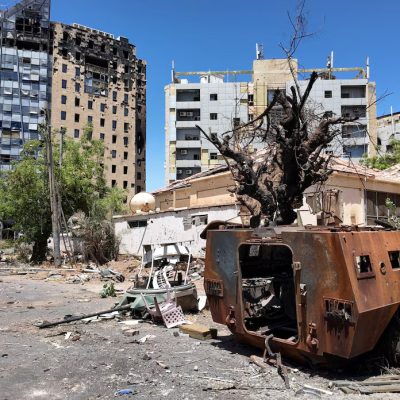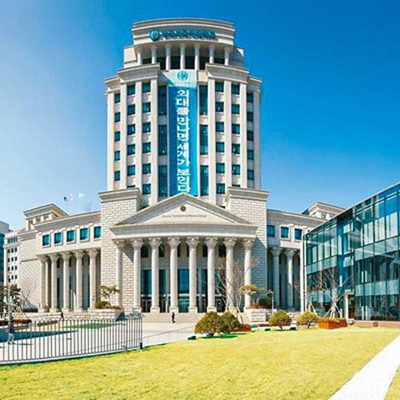Satoshi Ikeuchi, Professor, Religion and Global Security, University of Tokyo
The COVID-19 accelerated the globalization further.
Under the surface of the lockdowns caused by the pandemic, globalization still continue to grow digitally in the information sphere.
Although our physical movements and encounters across the borders were strictly curtailed, the pace of international communications and interactions on virtual formats increased.
Our intellectual life was at once divided by the COVID-19 lockdowns and restrictions, but soon connected by the help of innovative tools and applications. Exorbitant rise of the usages of Zoom application in the past year shows the vibrancy of the spirit of our new life under lockdowns.
Most of the international conferences and meetings were cancelled, but we are more frequently talking with each other on the teleconference without much noticing about the distance.
We are amazed how quickly the word “jet lag” has become obsolete.
Still, we suffered from sleeplessness attending seminars, symposia and international teleconferences in different time zones.
We have not overcome the fact that the sun rises in the East in the morning and the sun sets in the West in the evening. We are still suffering from the tyranny of time difference that was destined to rule us as human beings which subjugate themselves to the almighty Creator.
We are now inundated by endless video-phone calls, online meetings and “webinars” organized by companies, thinktanks, foundations and universities. From the comfort of our couches in the living rooms where we are locked in, we can be easily connected to the most exciting and insightful topics discussed in the virtual events.
We are now spending most of our time day and night in front of the screens of computers, talking to business partners in faraway countries without traveling to them, addressing the audience of foreign nations and answering questions from people whom we never met with.
It is as if we became telephone operators working and attending customers round the clock.
Charlie Chaplin, the most important comedian, director and actor of silent comic films, made the classic Modern Times in 1936, in which he satirically depicted the agony of living a “modern” life. The inhumane nature of the early 20 th century modern life was symbolized by a factory worker employed on an assembly line.
How would Charlie Chaplin have depicted our life under the COVID-19 restrictions if he lived to this day?
I’m certain that he would choose an intellectual, working as if a telephone operator addressing to multiple audiences. He might unleashes comical confusions by mixing up different audiences who are antagonistic with each
Charlie Chaplin, the most important comedian, director and actor of silent comic films, made the classic Modern Times in 1936, in which he satirically depicted the agony of living a “modern” life. The inhumane nature of the early 20th century modern life was symbolized by a factory worker employed on an assembly line producing steel.
How would Charlie Chaplin have depicted our life under the COVID-19 restrictions if he lived to this day?
I’m certain that he would choose an intellectual, working as if a telephone operator addressing to multiple audiences at once. He might unleashe comical confusions by mixing up different audiences who are antagonistic with each other, addressing wrong audience in the wrong time.
and makes wrong answers to wrong audiences.





